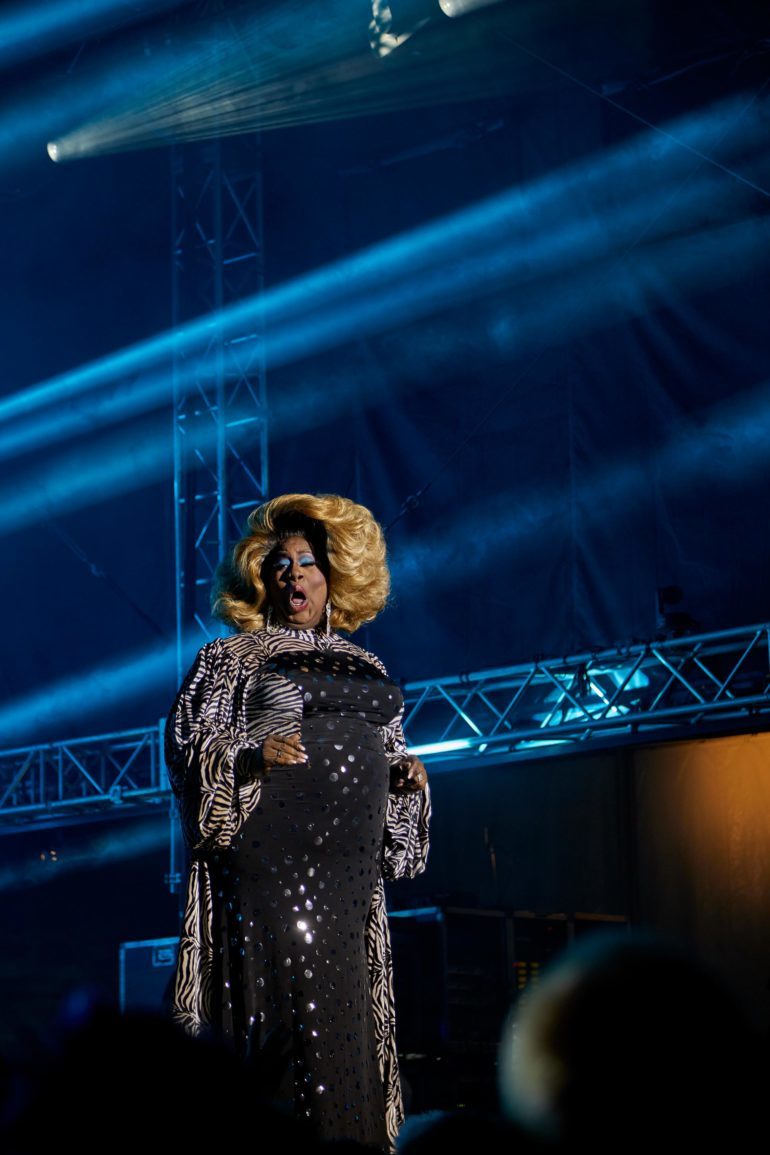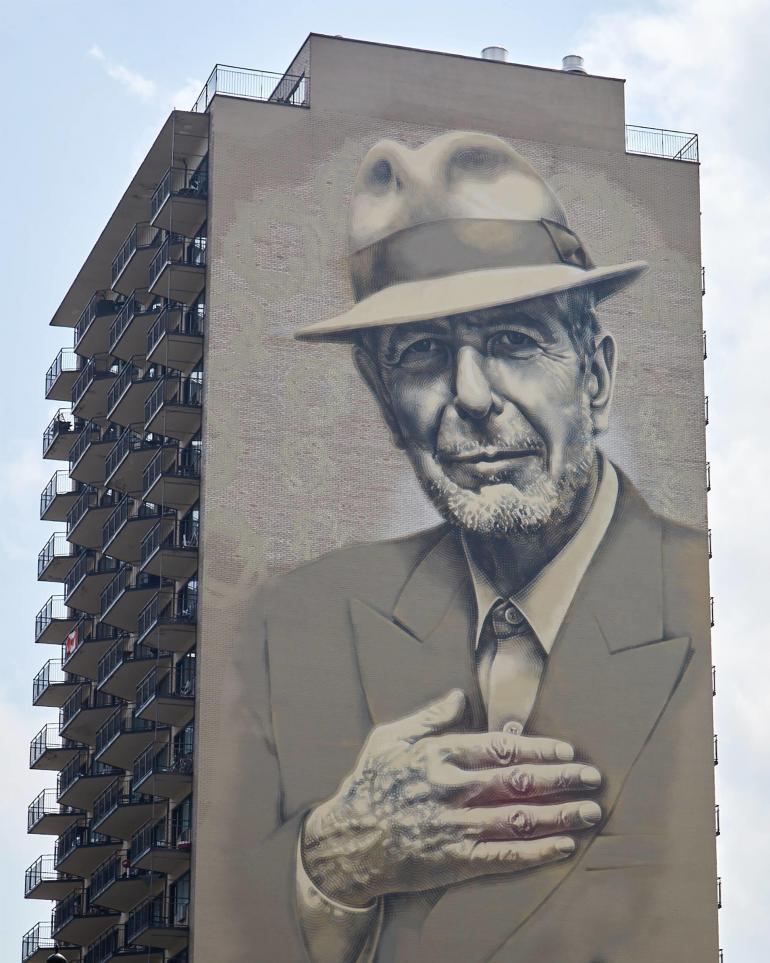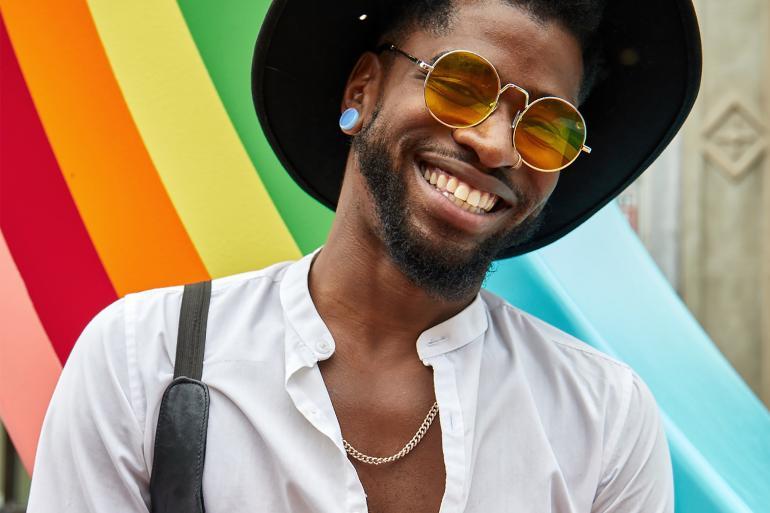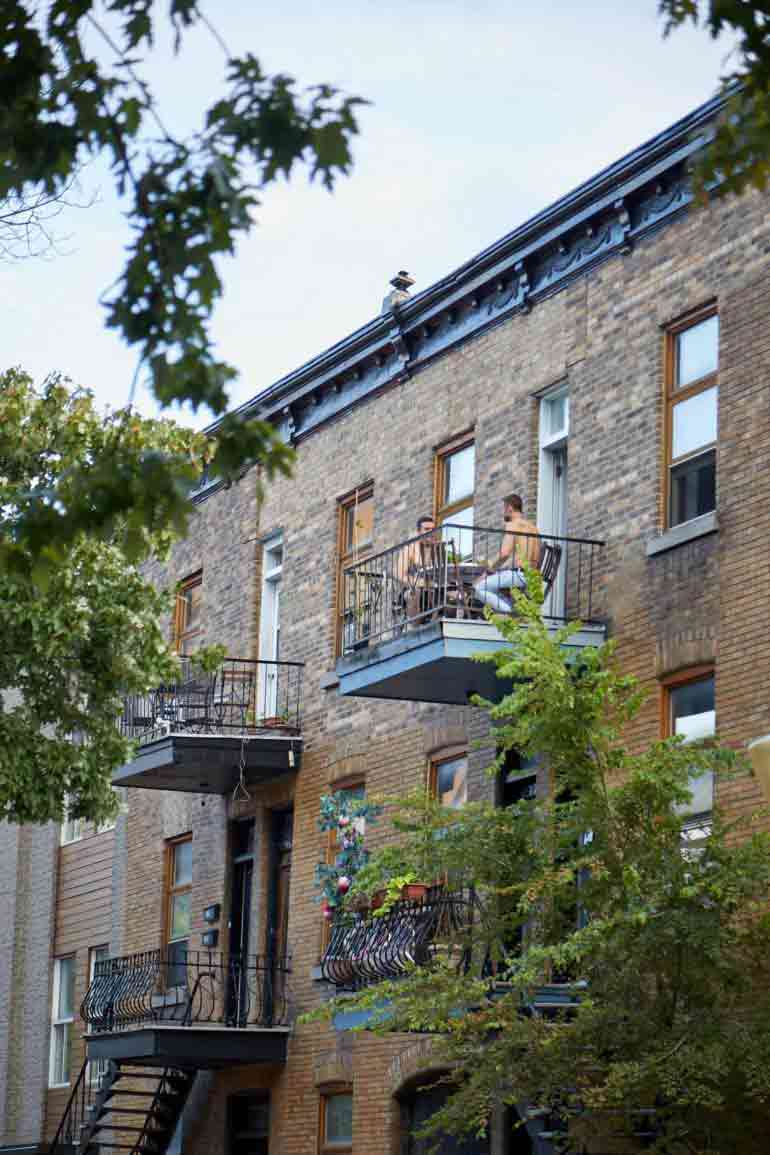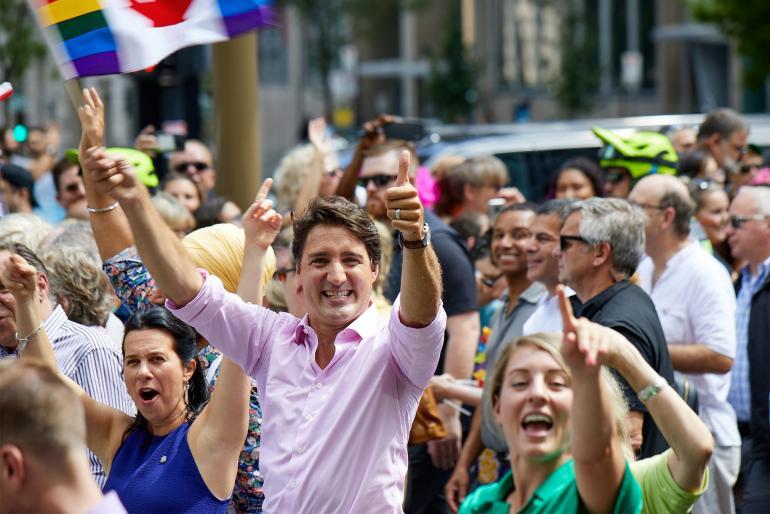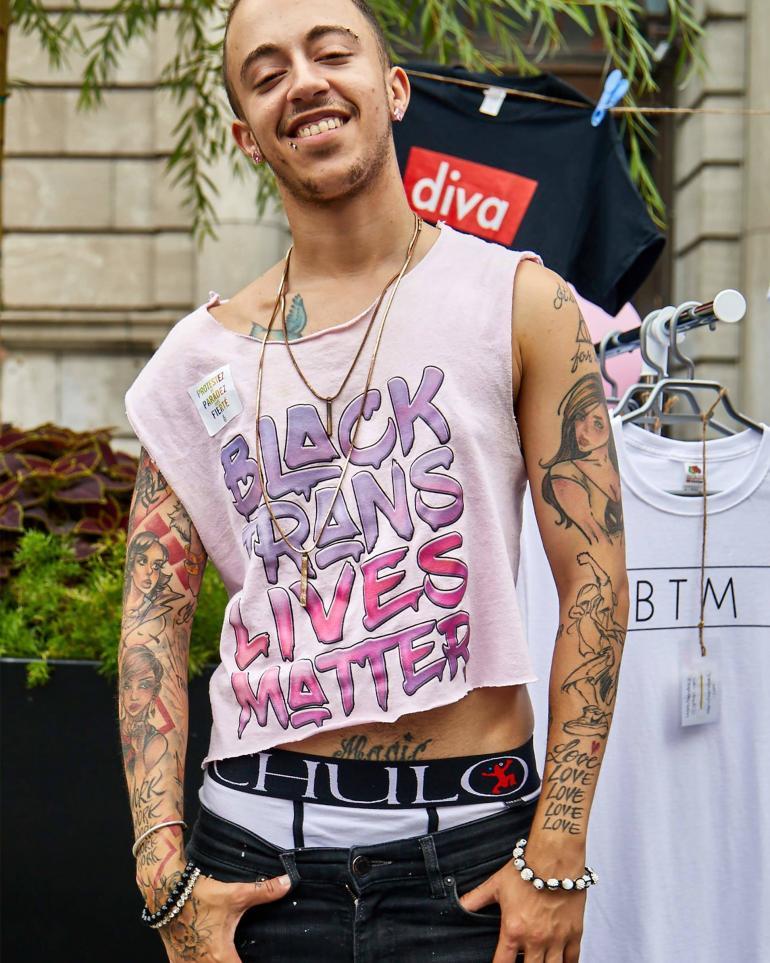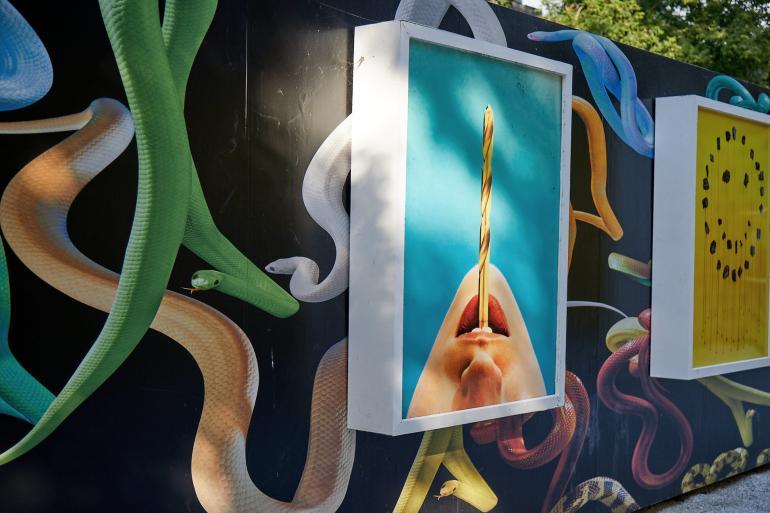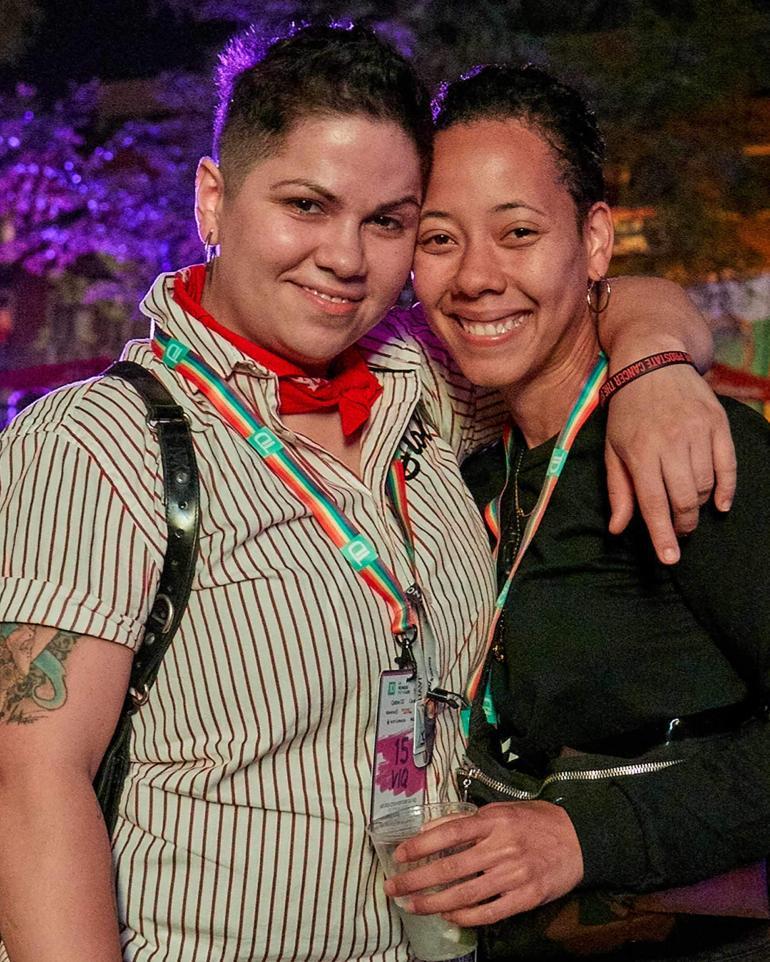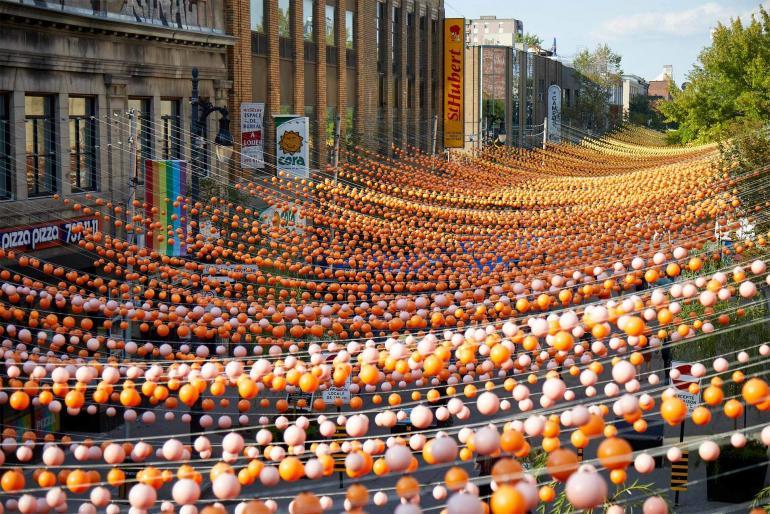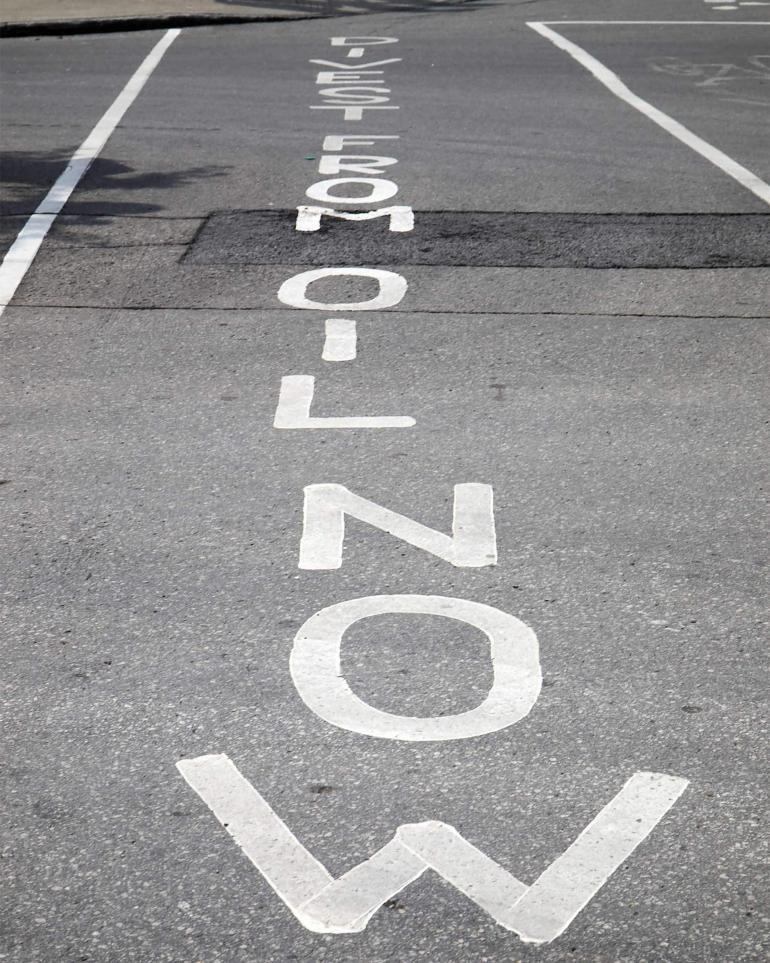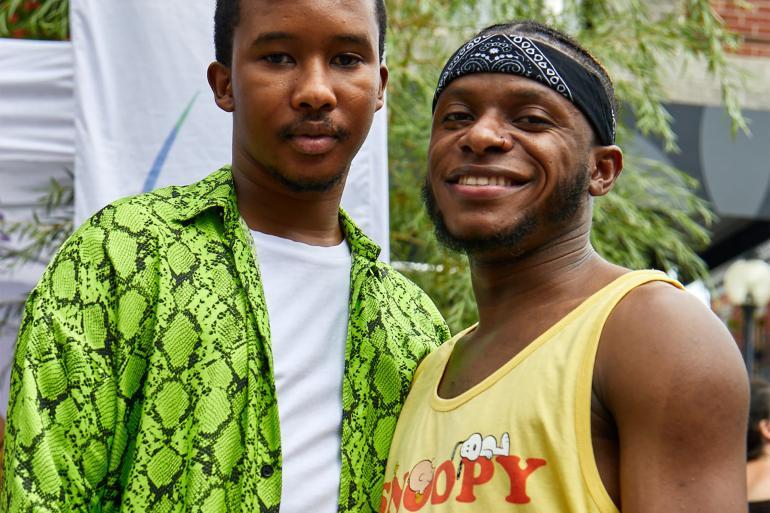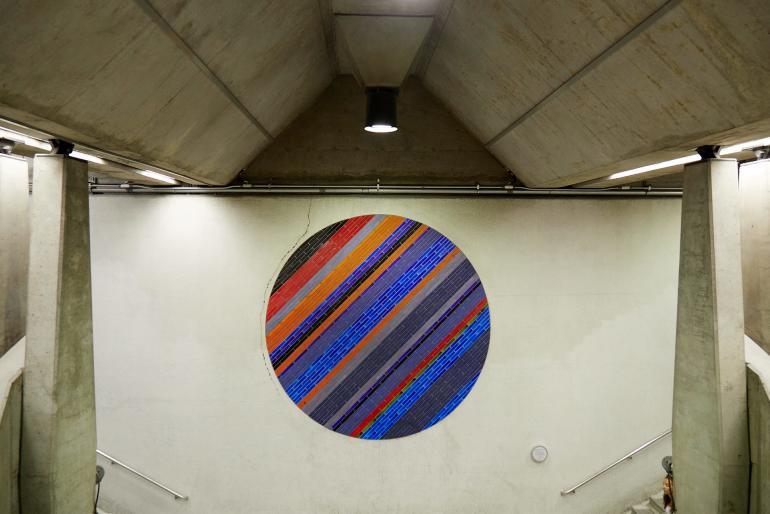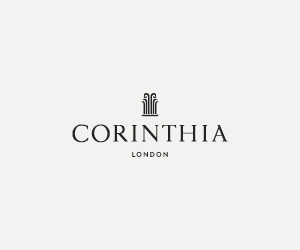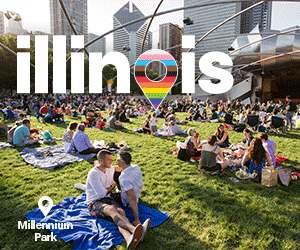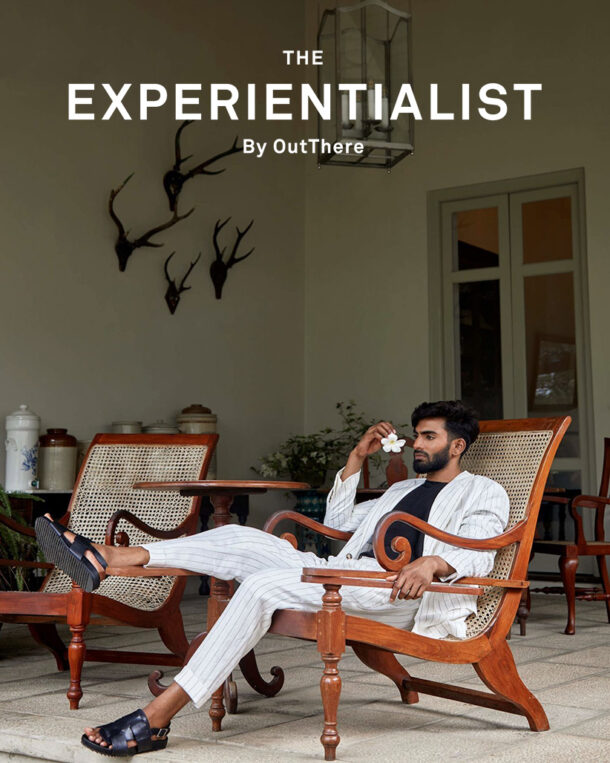This international-minded island city has a lot in common with other urban centres known for their progressive attitudes. Like New York, Montreal is a well-connected city with an integrated public transport system that’s packed with people. Like Amsterdam and Berlin, it’s walkable and cycle-friendly, boasting more than 200 miles of cycle paths. Like London, it’s racially diverse and full of people from different ethnic and cultural groups, yet it celebrates individuality. In my experience, when people of different backgrounds, cultures, ages, sexualities and gender identifications come into regular contact with one another, the prevailing attitude is one of acceptance and understanding.
Montreal is a prime example of this. In my short time here, I’ve lost count of the conversations I’ve had with wildly different people. Throw in a generous dose of social responsibility – the result perhaps of its historical links to socially equitable France and, while less evident, Scotland – and substantial financial support for the arts and you have a recipe for a very appealing place.
Montreal is large enough to have several distinctly different areas worthy of exploration, yet it’s small enough to get about. As with most North American cities, its downtown area is based on the grid system. Its topography reminds me of Glasgow, where a number of the city’s founders came from in their bid to take advantage of Quebec’s seemingly limitless natural resources. They brought with them ideas about civic design that are still evident today in the wide streets of the Golden Square Mile, which steps up in terraces to the west, away from the St Lawrence River.
I follow a series of small yellow-triangle signs that guide me up the tiered streets to Mount Royal Park, an oasis of peace. A series of wooden steps takes me up to Kondiaronk Lookout, where my efforts are rewarded with a very impressive view of the city. I home in on the Space Age geodesic glass structure of the Biosphère, in Parc Jean-Drapeau across the river. Created for the 1967 World Fair, it was repurposed in 1995 as a museum promoting the environment and its protection. It’s the only museum of its kind in North America. Quite a turnaround for a city founded on destructive fur and logging industries.
Art galore
Depending upon your interests, I’m told Little Italy, Little Burgundy, Old Montreal and Mile End are areas each worth a day to themselves. I’m short on time and have to choose just one and it’s Mile End – the former industrial area now home to many of Montreal’s young creatives – that matches my mood. Plus, I’ve heard the district has some of Montreal’s most exciting eateries – and I’m not talking poutine, the dish of fries topped with cheese curds and gravy that the city has become known for, sadly.
And so, with the appetite-driven focus only the hungover can fully comprehend, I make for hipster vegan hangout La Panthère Verte, where the falafels really hit the spot.
Blood-sugar levels returned to something like normal, I do a little more exploring. For art lovers like me, Montreal is a big draw, with over 50 museums and galleries, many of them world-class. But I don’t need to look far to get my fix of culture – the city is jam-packed with all manner of public art. Murals seem to be on every street corner, some celebrating local heroes like Leonard Cohen, others making political statements. There’s even an outdoor gallery on rue Sainte-Catherine.
Much of this is down to Art Public Montréal, an initiative that brings together the owners of public artworks. Over 1,000 of them are on display throughout the Island of Montreal, by around 500 professional artists from both Quebec and abroad.
Heading back to my hotel, I’m glad that I found the time to squeeze in a quick visit to the Montreal Museum of Fine Arts. At the time, it was showcasing the world premiere of the Thierry Mugler: Couturissime exhibition. It’s a testament to the city and its cultural institutions that it is championing the work of a proudly queer international designer. And it’s not just because of the time of year. It happens all year round.
At the airport that evening, my head is full of excitement about my upcoming wedding. But I know I’ll be back in Montreal. In an increasingly scary world, I need reminding that there are people who share my world view – people who believe in open-minded progressive politics, who have faith in science and celebrate cultural expression, who value quality over quantity and, most of all, who know the value of community and greet you with a smile rather than a cynical look of disdain. If we are to have a future as a species, it’s because of the kind of people I’ve met in Montreal.
Martin’s trip was made possible by Tourisme Montréal. For the very latest goings-on in this exciting city, visit www.mtl.org. For more about Montréal Pride, also known as Fierté Montréal, visit www.fiertemtl.com.
Photography by Martin Perry
Get out there
Do…
… plan ahead. Montreal is so packed with things to do, it can be a little overwhelming. Taking some time to check out its calendar of events before booking your trip can really pay dividends while you’re there.
… hire a bike. Montreal has over 200 miles of cycle paths, making it one of the most cycle-friendly cities in the world. It even pioneered the public bike.
… talk to strangers. In our experience, les montréalais love nothing more than a good chat with someone new.
Don’t…
… stay in. There are so many exciting things to do in the city, such as PY1 Nights, the immersive AI experience by Cirque du Soleil founder Guy Laliberté.
… go on a diet. It would be a crime not to take advantage of North America’s ‘New Food Capital’, which has a wealth of food offerings, from top-quality vegan restaurants to meaty French bistros and all points in between.
… forget your walking shoes. You’ll be out and about exploring so much, you’ll need some serious footwear.

